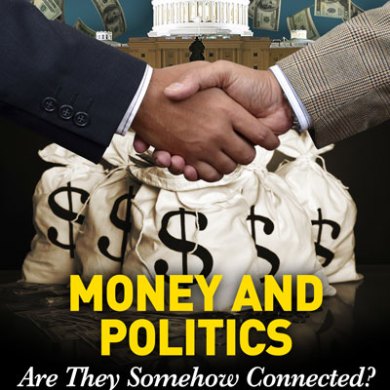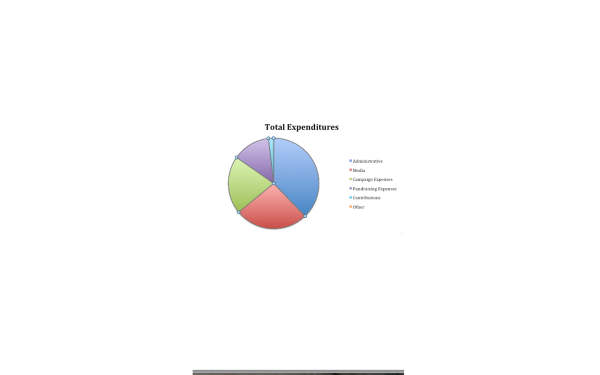During our most recent Government lessons, I was most intrigued by the staggering amount of money spent in elections and campaigns. Michelle Bachman spent over 11 million dollars campaigning for a House seat, almost three times more than her opponent. She was re-elected, most likely because people electing knew much more about her than the other opponent. Many people have argued that money is corruptive and bad for elections while others say it is necessary. After I finished this assignment, I wanted to dig a little deeper into the power of money in elections and trying to follow the money trail.
http://media.avclub.com/images/products/productgroup/351/MoneyPolitics_closeup_400_jpg_400x400_upscale_q85.jpg

Elections, whether it’s for the House up to Presidential race, are fueled by money. According to Opensecrets.org, “In 93 percent of House of Representatives races and 94 percent of Senate races that had been decided by mid-day Nov. 5, the candidate who spent the most money ended up winning, according to a post-election analysis by the nonpartisan Center for Responsive Politics.” That is an absolutely amazing statistic and it shows that the candidate with the most money will most likely be the victor.
In the 2008 election, John McCain received about 50% of his money from individuals, 25% from federal funding, which leaves 25% to the category “other.” Who knows who or what “other” means, but it seems a little sketchy.From federal funding alone, he earned about $84 million dollars (Source: opensecrets.org). To gain federal funding, McCain had to meet qualifications, including, “Spend public funds only for campaign-related expenses or, in the case of a party convention, for convention-related expenses;Limit spending to amounts specified by the campaign finance law; Keep records and, if requested, supply evidence of qualified expenses;” (Source opensecrets.org). During a great recession at this time, it bothers me that Presidential candidates can receive funding from the government if he cannot support his campaign properly. However, if the candidate does not break any of the rules above, he does not have to pay anything he received back. Bringing it back to the election, Barack Obama nearly had three times the money received compared to John McCain, a large advantage in today’s media-filled elections. I’m not saying that Barack Obama won because he had more money to spend, but he did earn a significant, and maybe even unfair, advantage in the Presidential race. Not only did Obama win, but John McCain (kind of) wasted 84 million dollars in a lost campaign.
Another thing I want to learn about is the usage of money in elections. The total expenditures for the total 2012 Presidential elections is in the picture below: (you can click on it to zoom)

Administrative is the largest amount spent toward, which includes running a campaign, including staff salaries and benefits, travel expenses, office rent, utilities, equipment, etc. Basically, administrative expenses are what it takes to run the campaign. In fact, salaries and benefits for members of the administration pretty much equals the amount to create fundraising. Salaries and benefits get the most money out of anything else, which is pretty sketchy to me. Money in campaigns was always a mystery to me; I always thought pretty much all of it was for campaigning. However, it seems that about more than half of the money received goes towards personal expenses. Bringing back John McCain, if over half of the campaigning money was not even used for campaigning, this leads to over $45 million dollars spent for the personal luxuries of running for President: jet rides, fancy dinners, 5 star hotels, etc.. Money in campaigns is a very dangerous threat and must be documented well in order to stop any sneaky business.
Money in elections and campaigns is a tricky business. Money is necessary for informing the people about the candidates but too much money could result in a problem. In elections, money can cause underdogs and favorites in an instance. Michelle Bachman was known nation-wide compared to the almost anonymous opposing candidate. In campaigns, money is used for a variety of things, including the important like fundraising and the mysterious expenses, like the $10 million dollars spent this 2012 election for “miscellaneous administrative.” I do believe that money fuels elections, but the amount of money spent in campaigns might need to be toned down just a bit. The extra money in one candidate’s pockets could be the difference in a close elections.










